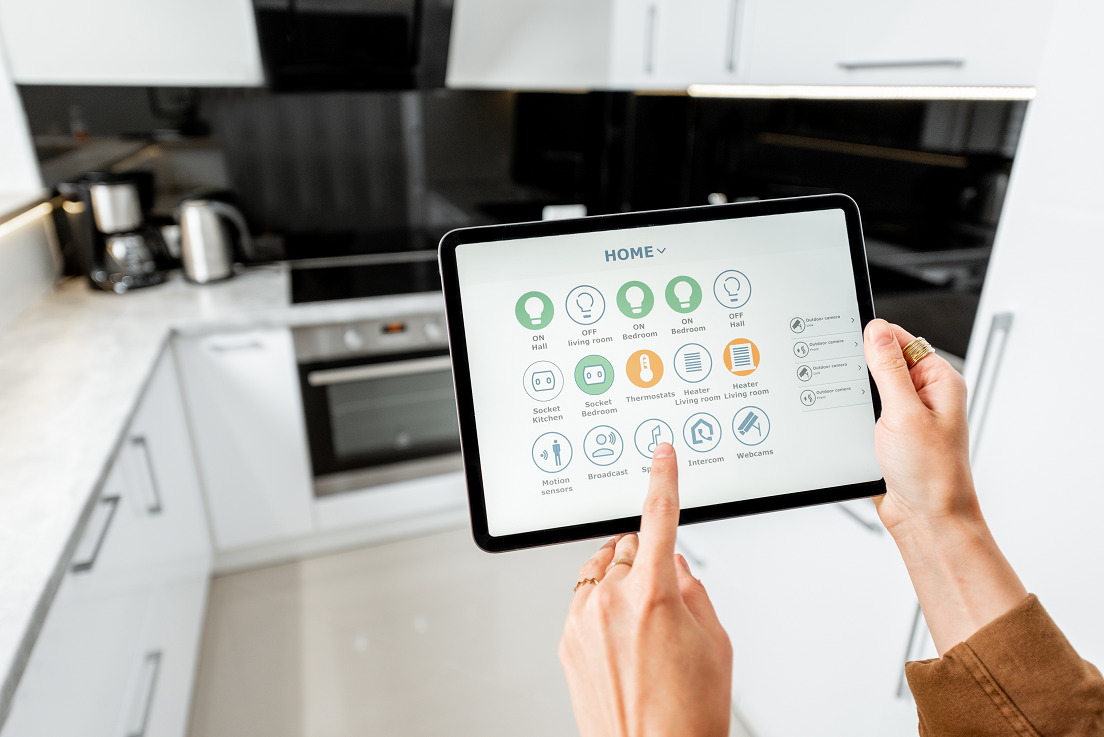IoT in figures

Microsoft recently released their latest IoT Signals report. It looks at the situation in the Internet of Things, and also provides the results of a survey of 3,000 managers doing business in various companies in Europe, the United States, and Asia. Here we bring you a short preview.
The most important information, which is also used, for example, by zonamovilidad.es, is that 91.5% of European companies are convinced of the need to implement IoT. They consider the development of the Internet of Things to be extremely important for both their business and commercial success.
Doris Gomes, Microsoft’s Director of Cloud Adoption and Innovation in Spain, pointed out that “the Internet of Things is transforming companies in all sectors: utilities, electricity, and oil companies can tackle digital transformation in different ways”.
In Europe, 90.8% of companies have already implemented IoT solutions in business, 89.7% in Asia, and 94% in the United States. Spain is among the most in favour of implementation, surpassed only by China.
A study further states that the pandemic has brought increased interest in IoT. In 2020, 31% of organizations surveyed expected to invest in these technologies. This year shows that 44% of respondents have increased their investment in IoT compared to last year, and 44% have kept the same budget.
As for understanding artificial intelligence, 95% of European managers confirmed it, 98.5% understand edge computing, and 89.2% have information about digital twins.
At the same time, the report identifies the benefits of using IoT in various areas: for example, it helps Spanish companies automate networking and maintenance in the energy sector, and oil companies use it in the areas of occupational risk prevention.
Another interesting aspect is sustainability and IoT. Nearly a third of respondents consider the sustainability of their business to be a priority, and see the Internet of Things as the key to improving it. In addition, 17% of organizations that target sustainability rely on IoT, for example, they reduce consumption by up to 25% in building energy management, while also reducing operating costs.
Related articles
Jun 7, 2024
DJI introduces its first delivery drone
DJI introduces its first delivery drone
Jun 7, 2024
5 expert insights into the world of dynamic simulations and logistics
5 expert insights into the world of dynamic simulations and logistics
Apr 2, 2024